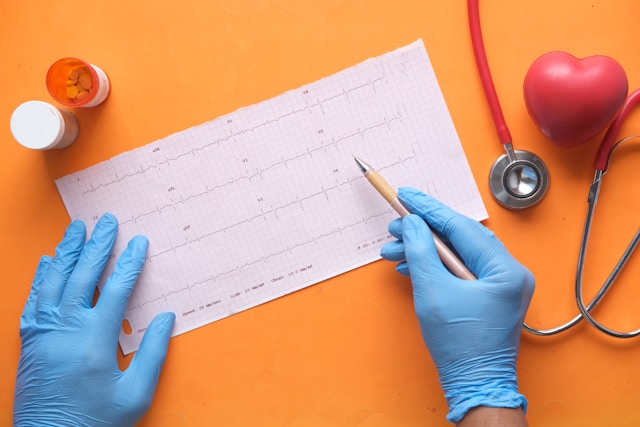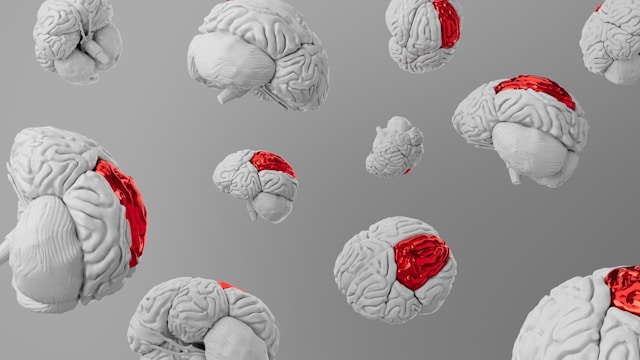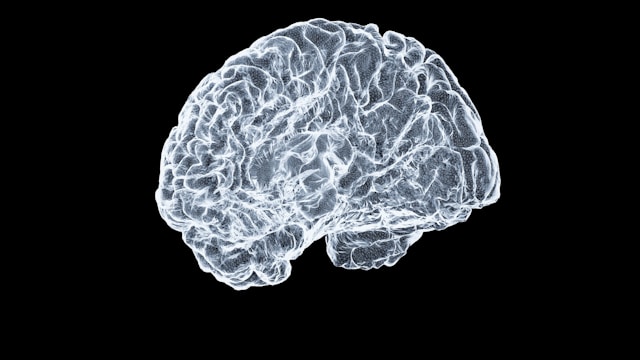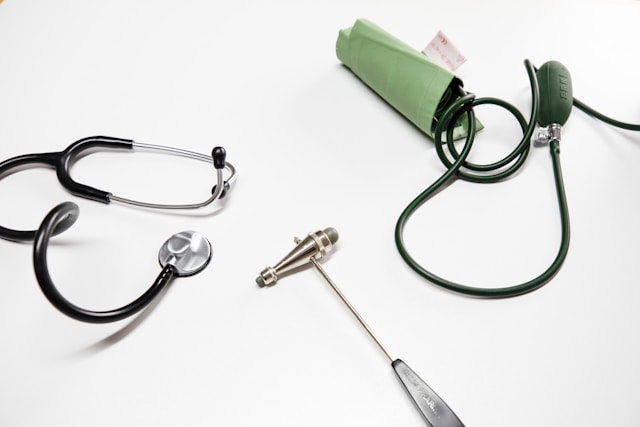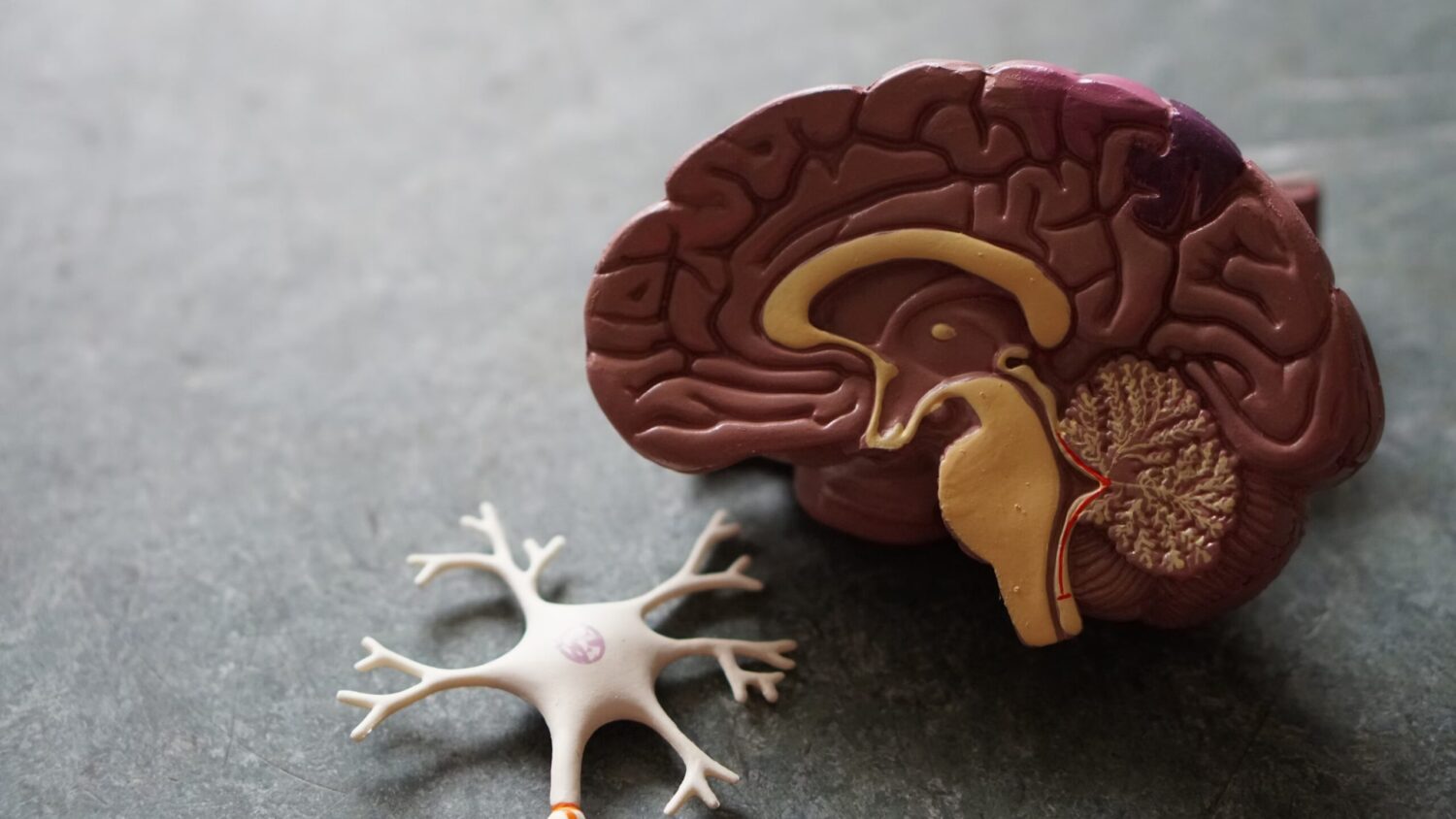Author:
A.V. Schulkin, A.A. Filimonova
FSBEI in the Ryazan State Medical University of the Ministry of Health of Russia, Ryazan, Russia
Original and reproduced drugs: what do the clinician need to know?
Place of publication:
a journal of neurology and psychiatry named after S.S. Korsakova, 2021, T. 121, No. 10, Issue. 2
Summary:
in a review article, modern approaches to testing and registration of reproduced (generic) drugs are considered. The history of the formation of a methodology for research of reproduced drugs and modern legislation of the Russian Federation is presented. The stages of confirmation of the equivalence of original and reproduced drugs are described: pharmaceutical equivalence, bioequivalence and therapeutic equivalence. Methods of evaluating bioequivalence as a basic study in the registration of reproduced drugs are analyzed in detail. On the example of the original domestic neuroprotector of the drug Mexidol (ethylmethylhydroxypyrididine of succinate) and its generiks described how legislative acts are implemented in practice. It is concluded that not all reproduced drugs can be interchangeable with the original drug.
Keywords: original and reproduced drugs, generics, ethylmethylhydroxypyridine succinate, Mexidol.
Actual
Actual
THE INFORMATION IS INTENDED FOR HEALTHCARE AND PHARMACEUTICAL PROFESSIONALS. THIS INFORMATION IS NOT INTENDED AS A SUBSTITUTE FOR MEDICAL ADVICE.
Source of photos and images Shutterstock.com